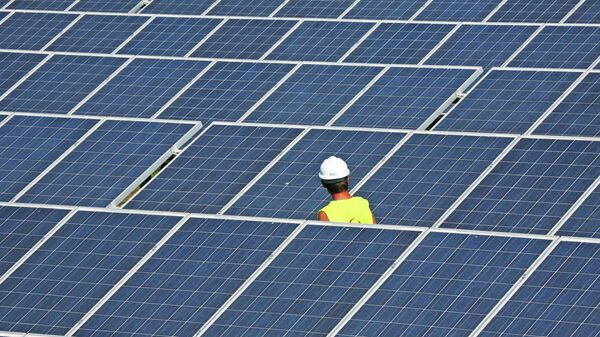While the Indian government is aggressively pursuing its plan to help domestic manufacturers challenge the dominance of China in the production of solar cells and panels domestically, the Ministry of New and Renewable Energy (MNRE) on Monday made clarifications concerning India-manufactured solar equipment.
According to the ministry, from now, a solar cell would only be considered domestically manufactured if the device had been produced using un-diffused silicon wafers generally called "Black Wafers" in India.
"If diffused silicon wafers or 'Blue Wafers' are imported and the same are used as a raw material for the manufacture of solar cells, these cells shall not qualify as domestically manufactured," the ministry stated.
Currently, China is regarded as the world leader in renewable energy.
Despite repeated attempts, domestic solar cell manufacturers in India still face challenges from major Chinese players, who are renowned for better products and scaled economies.
According to data provided by the commerce ministry, India imported solar cells and photovoltaic (PV) cells worth around $3 billion last year. Indian solar cell and module manufacturers have claimed that cheap Chinese imports are hurting the domestic industry, though Chinese manufacturers claim that more affordable solar panels have provided a significant incentive to India's solar power mission.
To spike domestic solar equipment production in India, last year in July, the Indian government had imposed a 25 per cent safeguard duty on imported solar cells and panels for two years.
In July 2018, a report stated investments into clean energy in India rose by 22 per cent in the first half of 2018 while Chinese investments in the field dropped by 15 per cent.
At this rate, the report expected India to overtake China and become the most significant growth market by the late 2020s.
Half of the world's ten largest solar parks under construction are presently in India.
The Indian government has set an ambitious target of adding 100 GW of solar energy into the country's energy mix by 2022. Due to cheaper solar equipment imports from China, India had achieved solar tariffs, of a record low, of less than three cents per kilowatt-hour (kWh) last year.




